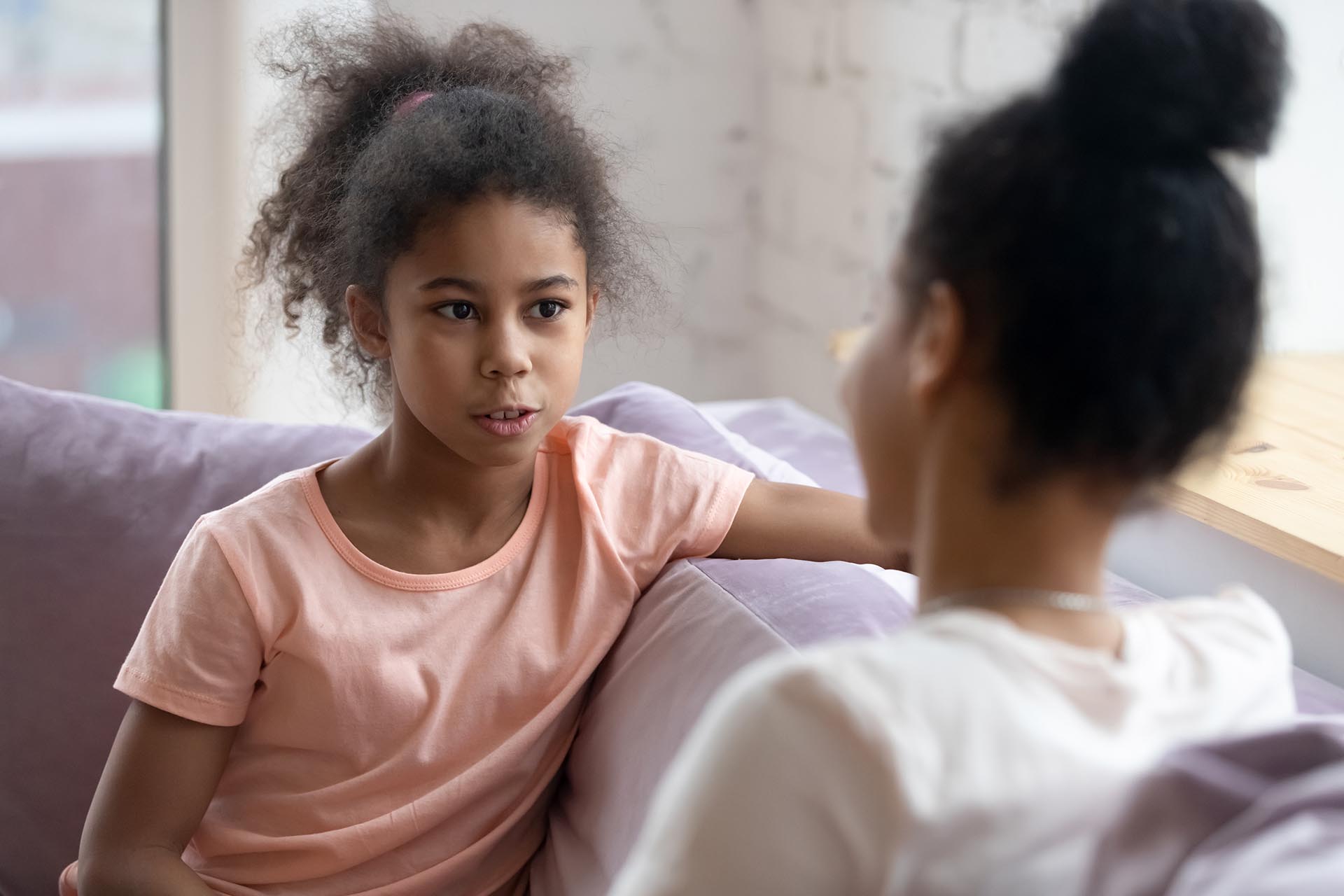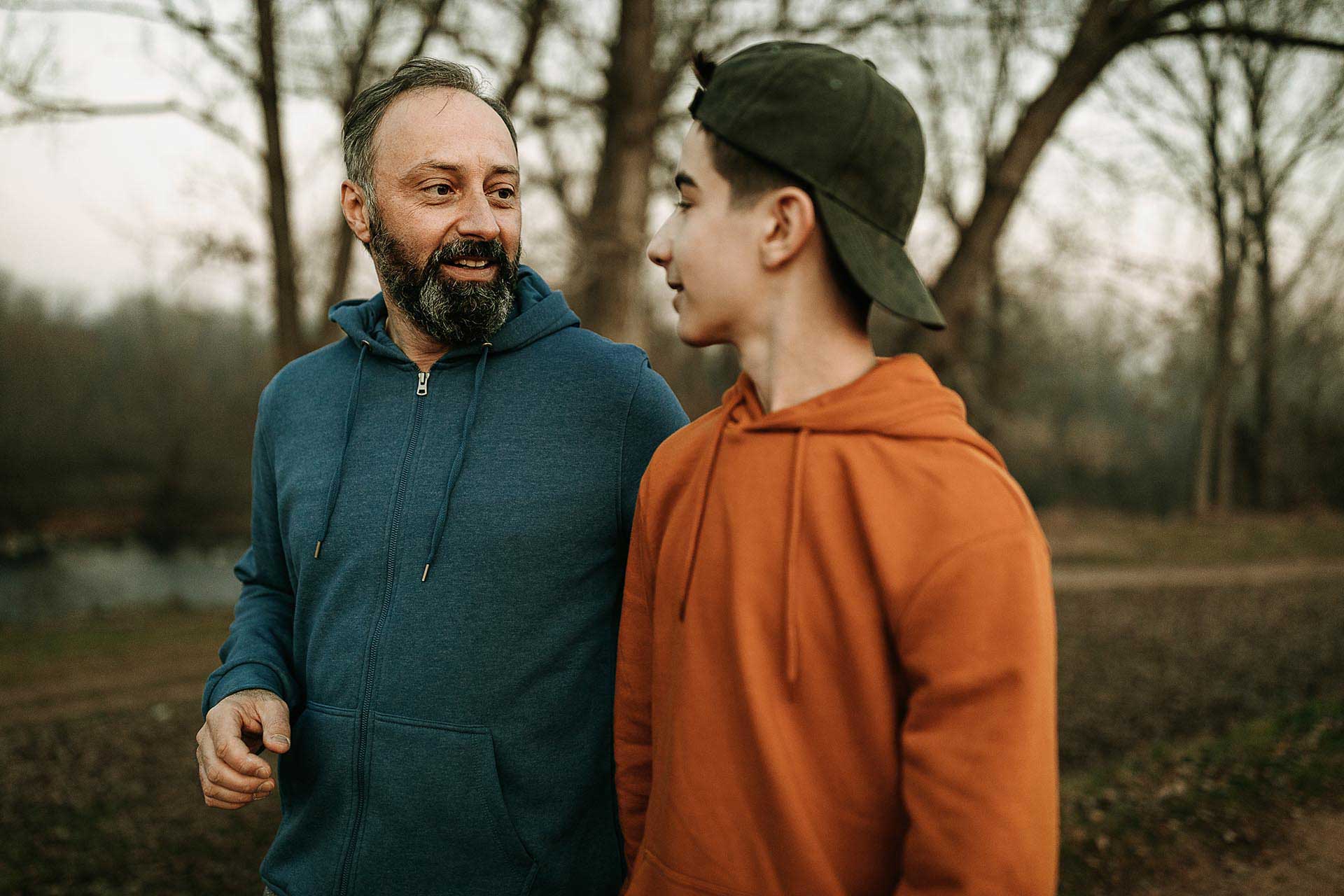Pornography is no longer the playful, ‘your pizza is here’, magazines hidden under the bed sexiness. Porn today is more violent, more sexist, more hardcore, and free – and anyone with a smartphone can access it with the press of a button. We’ve spoken before about the importance of talking with your adolescent about porn, and specifically the differences between porn and healthy, real-life sexual experiences. But what exactly are the differences? And here we’re talking about the mainstream online pornography on the popular free websites – which is almost exclusively heterosexual, white, cis-gendered, focused on male pleasure, and most often, highly degrading to women. Pornography itself isn’t always a ‘bad’ thing, and some adults may choose to watch it, but this kind of mainstream porn is what most young people will be watching, and it’s the most damaging. It’s the worst place to learn about safe, pleasurable and consensual sex.
The below lists contain some ideas we’ve put together. We know that there can be crossover between what is seen in pornography and what can happen in real life. We aren’t talking here about situations that are mutually negotiated, truly consensual and not harmful. What we’re focusing on here is how problematic it can be for developing minds to be exposed to hard-core pornography, perhaps for years before a person even kisses another in real life. And the impact such exposure can have on shaping both attitudes, expectations and behaviour. If these discussions don’t happen with our young people, then they are left alone to think: ‘Oh, I have to do that?’



If and when teenagers do choose to engage in real-life sexual experiences, they should be intimate, caring, painless, respectful and rewarding. Most people don’t look like porn stars – and that’s a good thing! How boring would it be if we all looked the same? If young people go into the first sexual experiences believing they should be treated with respect and that their agency and sexual pleasure is important (as well as that of the other person), while having the confidence to communicate what they do and don’t want, they’re more likely to enjoy themselves and set themselves up for a healthy adult sex life. And this begins with open, healthy communication at home.












